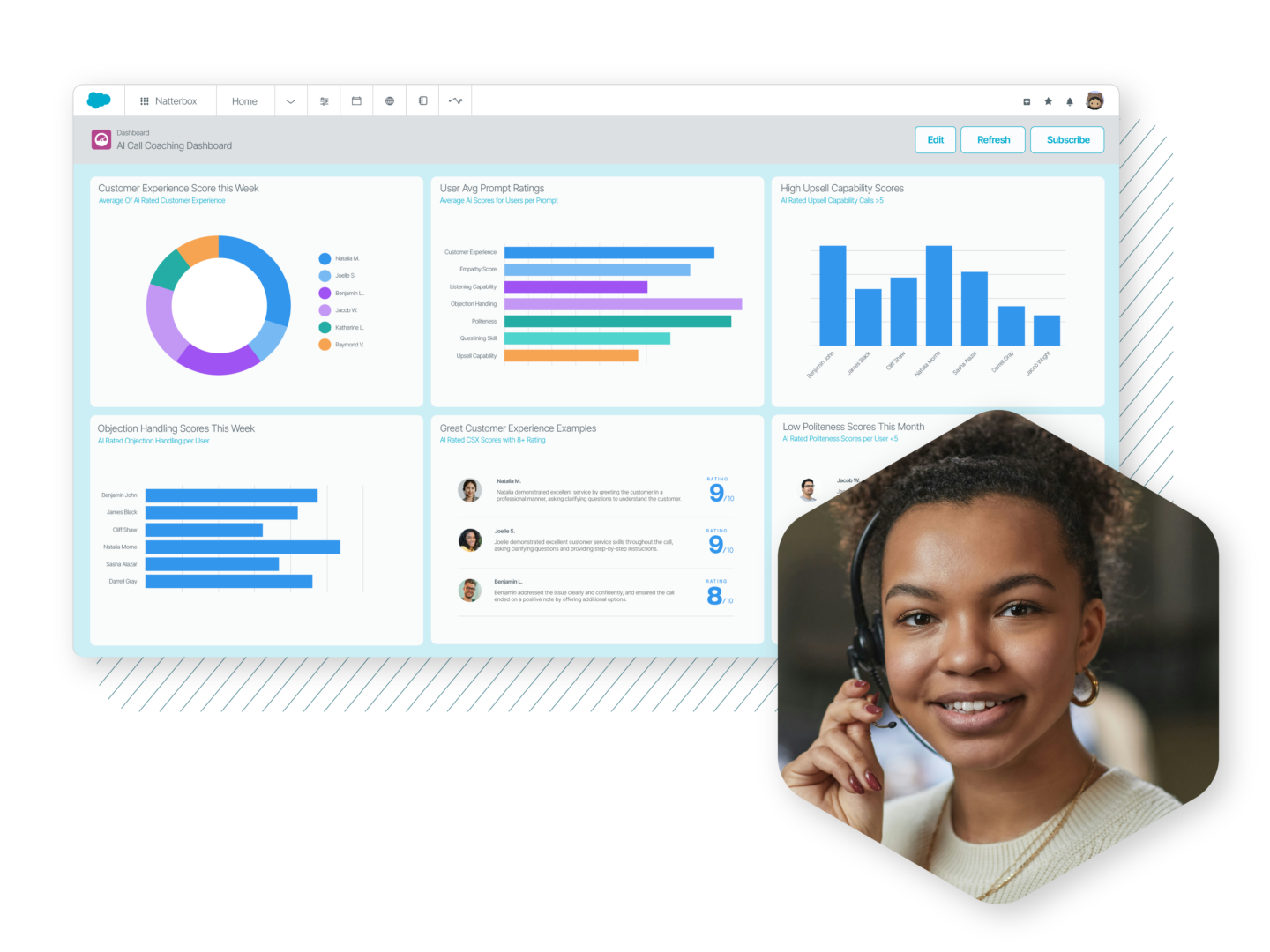Contact Centers
Sales
Voice
Telephony and CRM: Chalk and cheese or BFFs?
Natterbox Team

Apples and oranges, chalk and cheese, telephony and CRM – it’s all completely different stuff, right? Those who work in telephony, and those who work in CRM are entirely different creatures. Telephony specialists are usually traditionalist gurus with their head in a world of networking and hardware, and no tolerance for meddling outsiders. On the other hand, CRM experts are cloud-based software revolutionaries, who live in a world full of possibilities, and who often grow frustrated when other parts of a business hold them back from turning their blue sky thinking into a reality. So, what would happen if we could join the two worlds together?
Well, 60% of business interactions occur through the phone, and quite often that valuable data isn’t recorded into a CRM system, so it’s no wonder that a growing number of companies are seeking to integrate telephony and CRM. But getting these two tribes to play nice when trying to implement such a project is nearly impossible – they both deal with such different technology and issues that working together can produce more conflict than solutions.
- CRM: We need voice integration as part of our system.
- Telephony: That’s not feasible.
- CRM: But why?
- Telephony: It’s engineering. You wouldn’t understand.
Because it is so difficult to break into the complex telephony network layer, developing the capability to make voice a part of CRM can cause disruption to existing systems that have large amounts of capital investment, and are nothing short of vital to daily business operations. Ideally, telephony should not work like this at all, but work more like email – in the cloud. The right technology can effectively bridge the gap between worlds by using an over the top solution that fits directly over the complicated and disparate networks and applications. Although there may seem to be little in common between the dusty wires and switches of a traditional PBX platform, and the glossy UX of Salesforce, uniting the two is not as difficult as many would assume. After all, a cloud interface can dial any phone number, by instructing a remote data centre to make the connection (think Skype click to dial) – essentially, that capability can form the first leg of a call that is routed through a CRM system, which then accurately captures the details of the interaction. No longer do telephony and CRM leaders need to clash, and the only people who need to worry about marrying the two are the IT administrators responsible for CRM.
Having insight into how teams are using telephony can drive workforce efficiency, further improving the value of a CRM system. This puts the power of voice communications back into the hands of those who need it most – sales and customer service teams.
There is no customer-focused organisation that would not benefit from better insight into the activities that it’s staff are carrying out on a daily basis. That’s one of the promises that CRM has made to enterprises, but improved insight relies on improved data, and improved data needs improved data entry. However, show me a sales manager or customer service team leader who really wants their staff to improve their data entry skills, and I’ll show you a severely misguided individual. Even the most junior of contact centre or travelling sales staff represent a significant investment in terms of training and development, and to occupy their time with entering rich data about each customer interaction is a tremendous waste of time – intuitively, they know this, and that’s why CRM systems are often affected by under-adoption and poor accuracy of data.
In this day in age, there is no reason why skilled staff ought to occupy their time with the dull and wasteful task of reporting manually on their activities. Staff who feel that their time is being wasted will not be at their best when interacting with customers or prospects, nor will they have as much time available to do that in the first place. Integrating cloud CRM and traditional telephony platforms can help tackle this issue, and modern technology means that it’s not nearly as difficult as either the telephony traditionalists or the cloud software might have you believe. While it might sound like quite a radical step, a cloud-based Platform as a Service implementation means that achieving this capability can be as easy as simply having a service switched on.
Charles Heunemann, Global Head of Sales and Marketing, Natterbox



